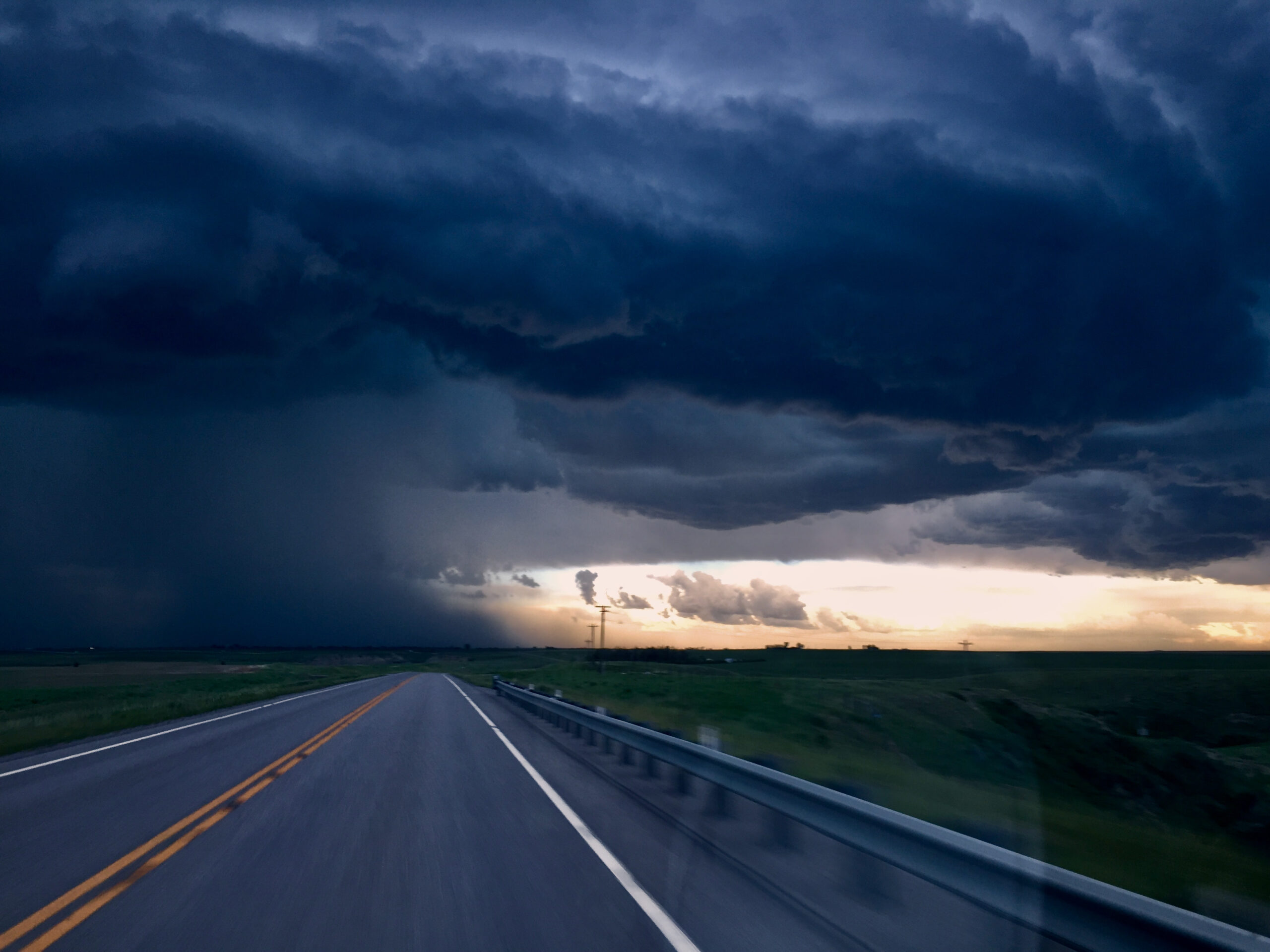Late 19th-century storm warnings
from the U.S. Weather Service
yielded substantial, positive
net returns to society.
Economists are notorious for using both sides of our mouths when talking about the government. We claim that government has a comparative advantage in provision of so-called public goods, such as national defense, the creation of property right systems, and the collection and dissemination of basic knowledge. But we also routinely criticize government for the waste produced by many of its actions. It is thus refreshing–albeit unusual–to find evidence that, at least during its early years, a prominent agency of the U.S. government yielded clear benefits to the American economy.
Erik Craft (1998) has studied the first twenty years of what was to become the modern-day U.S. Weather Service. He concludes that the agency’s collection of weather data and the dissemination of storm warnings across the Great Lakes region did in fact yield substantial, positive net returns to society–in terms of both averted economic losses due to shipwrecks, and fewer lives lost at sea.
The U.S. Congress established a national weather organization in 1870 when it instructed the Secretary of War to collect meteorological observations and issue storm warnings on the Great Lakes. If severe weather forecasts were a valuable transportation input, one would expect several consequences after introduction of the service in the early 1870s. Specifically, the collection and dissemination of weather information should have caused a clearly measurable decline in shipping losses on the Great Lakes. Moreover, this should have manifested itself in predictable changes in shipping rates and insurance premiums: Because fall weather on the Great Lakes is considerably more turbulent than summer weather, the beneficial impact of the storm warning system should have been much greater in the fall than in the summer.
After controlling for a host of other factors that might influence the analysis–including year-to-year fluctuations in weather conditions and the transition from sail to steam power during this period–Craft finds clear evidence that storm warnings sharply reduced the incidence of shipping losses on the Great Lakes. Craft estimates that the warning system as a whole generated savings of $1 million per year (1880 dollars) during the early years, rising to as much as $4 million dollars per year during the late 1880s, the end of his study period. These savings were achieved at an annual cost of under $1 million per year. Craft also suggests that the storm warning system played a key role in saving 50-70 seamen’s lives annually during the period he studied.
If the weather service led to significant declines in shipping losses, the result would be lower costs for firms offering shipping services, and also for companies insuring the ships and their cargo. Because the storm warning information was much more useful during stormy fall months, the differences between insurance and shipping rates in the peaceful summer months and the turbulent fall months should have diminished. Indeed, Craft finds that the fall shipping price premium fell by 50 percent due to the storm warning stations, and that the ratio of fall-to-summer insurance premiums declined as well. Overall, he estimates that the social rate of return from the expenditures on weather collection and dissemination during this period was at least 64 percent.
A one-year reduction in the Army Signal Service budget in fiscal year 1883 due to an embezzlement scandal conveniently provides Craft with an additional means of testing his predictions. The budget cut forced a temporary reduction in the number of storm-warning stations by nearly one-half. The result is a natural experiment: The apparently beneficial effects of the weather service should be sharply curtailed during the period of budget austerity, only to return to their former levels with the restoration of the agency’s full funding. This is precisely the pattern observed.
The 1883 budget cut saved about $130,000. But shipping losses that year soared to $2.75 million from their prior $1.5 million, returning to about $1.5 million when the funding was restored. Moreover, although Craft makes no effort to impute specific fatalities to this episode, it is not hard to imagine that the sharp rise in shipping losses was accompanied by a corresponding increase in fatalities.
Craft does not claim that the timing of the establishment of the weather service was necessarily optimal. Nor does he argue that the government provision of weather information was necessary. Instead his objective is to examine a setting in which–if economists are correct about government’s comparative advantage–one should be able to discern clear benefits from the activity in question. That he clearly did.
Whether the private sector could have beaten this figure is an issue not addressed by Craft’s paper. But in a world in which it seems all too easy to find examples of the waste generated by government policies, it is of some comfort to find an episode in which the government contributed positively to the well-being of the public it is supposed to serve.
REFERENCE
Craft, Erik D. 1998. The Value of Weather Information Services for Nineteenth-Century Great Lakes Shipping. American Economic Review 88(5): 1059-76.
Daniel K. Benjamin is a PERC senior associate and professor of economics at Clemson University. His regular column, “Tangents-Where Research and Policy Meet,” investigates policy implications of recent academic research. He can be reached at: wahoo@clemson.edu
PERC Reports, Volume 17, Number 3, June 1999




